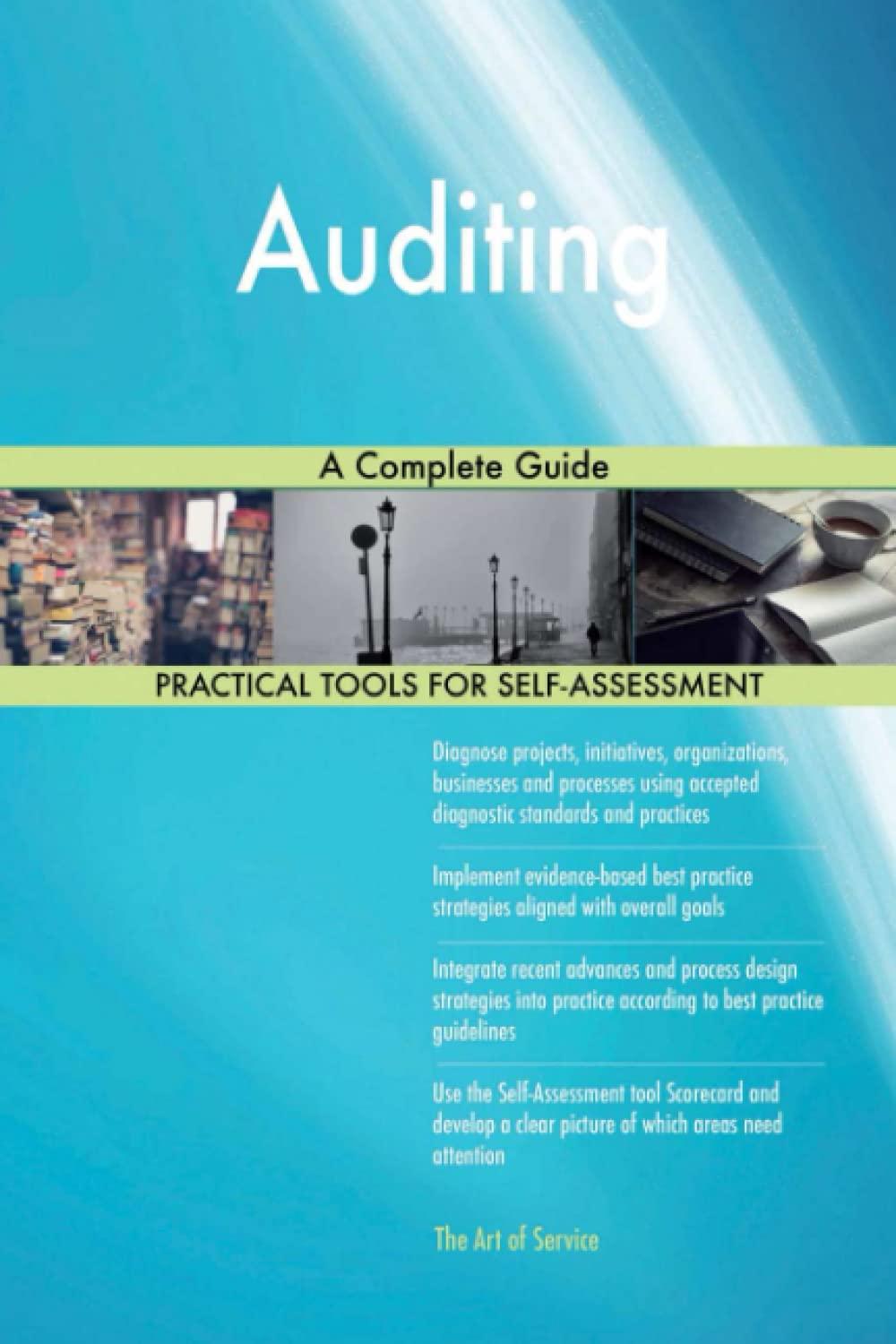Explain the two approaches firms use to report accounting changes. A. I he two approaches are the retrospective method and the prospective method. In a retrospective change, all prior years' financial statements presented in the annual report are restated as if the newly adopted principle had always been used. Opening retained earnings for the first balance sheet presented is adjusted for the cumulative effect of applying the new principle in all prior years. Under the prospective method, the change is made in the current year and all future years. Prior periods are not adjusted. Retained earnings for the first balance sheet presented are not adjusted for the cumulative effect on prior years. A prospective adjustment does not change previously issued financial information. B. The two approaches are the retrospective method and the prospective method. In a retrospective change, the change is made in the current year and all future years. Prior periods are not adjusted. Retained earnings for the first balance sheet presented are adjusted for the cumulative effect on prior years only if the change is material. A retrospective adjustment does not change previously issued financial information. Under the prospective method, all prior years' financial statements presented in the annual report are restated if it is practical and cost efficient to do so. Opening retained earnings for the first balance sheet presented is adjusted for the cumulative effect of applying the new principle in all prior years. C. The two approaches are the retrospective method and the prospective method. In a retrospective change, all prior years' financial statements presented in the annual report are restated if it is practical and cost efficient to do so. Opening retained earnings for the first balance sheet presented is adjusted for the cumulative effect of applying the new principle in all prior years. Under the prospective method, the change is made in the current year and all future years. Prior periods are adjusted only if the change is material. Retained earnings for the firs balance sheet presented are not adjusted for the cumulative effect on prior years. A prospective adjustment does not change previously issued financial information. D. The two approaches are the retrospective method and the prospective method. In a retrospective change, the change is made in the current year and all future years. Prior periods are not adjusted. Retained earnings for the first balance sheet presented are not adjusted for the cumulative effect on prior years. A retrospective adjustment does not change previously issued financial information. Under the prospective method, all prior years' financial statements presented in the annual report are restated as if the newly adopted principle had What are the direct and indirect effects of changes in accounting principle on the financial statements? A. Direct effects involve the impact on cash flows, for example the cash flows related to the purchase of capital assets or from violating local laws. These effects are applied retrospectively. The indirect effect is the impact on the related balance sheet and income statement accounts. Indirect effects are applied prospectively, as long as it isn't impracticable to do so. B. The direct effect is the impact on the related balance sheet and income statement accounts. Direct effects are applied prospectively, as long as it isn't impracticable to do so. Indirect effects involve the impact on cash flows, for example the cash flows related to the purchase of capital assets or from violating local laws. These effects are applied retrospectively. C. Direct effects involve the impact on cash flows, for example the cash flows related to profit sharing and bonus plans or from violating restrictive debt covenants. These effects are applied prospectively. The indirect effect is the impact on the related balance sheet and income statement accounts. Indirect effects are applied retrospectively, as long as it isn't impracticable to do so. D. The direct effect is the impact on the related balance sheet and income statement accounts. Direct effects are applied retrospectively, as long as it isn't impracticable to do so. Indirect effects involve the impact on cash flows, for example the cash flows related to profit sharing and bonus plans or from violating restrictive debt covenants. These effects are applied prospectively. Does a firm need to correct an error that misclassifies equipment as inventory if total assets are correct? A. A correction of the error is not necessary, as total assets are correct and the rest of the balance sheet is not affected. B. A correction of the error is only necessary if the error is material and does not self-correct within two years. C. Even though total assets are correct, misclassification errors on the balance sheet and income statement need to be corrected if they are material. D. Even though total assets are correct, misclassification errors on the balance sheet and income statement need to be corrected whether or not they are material









